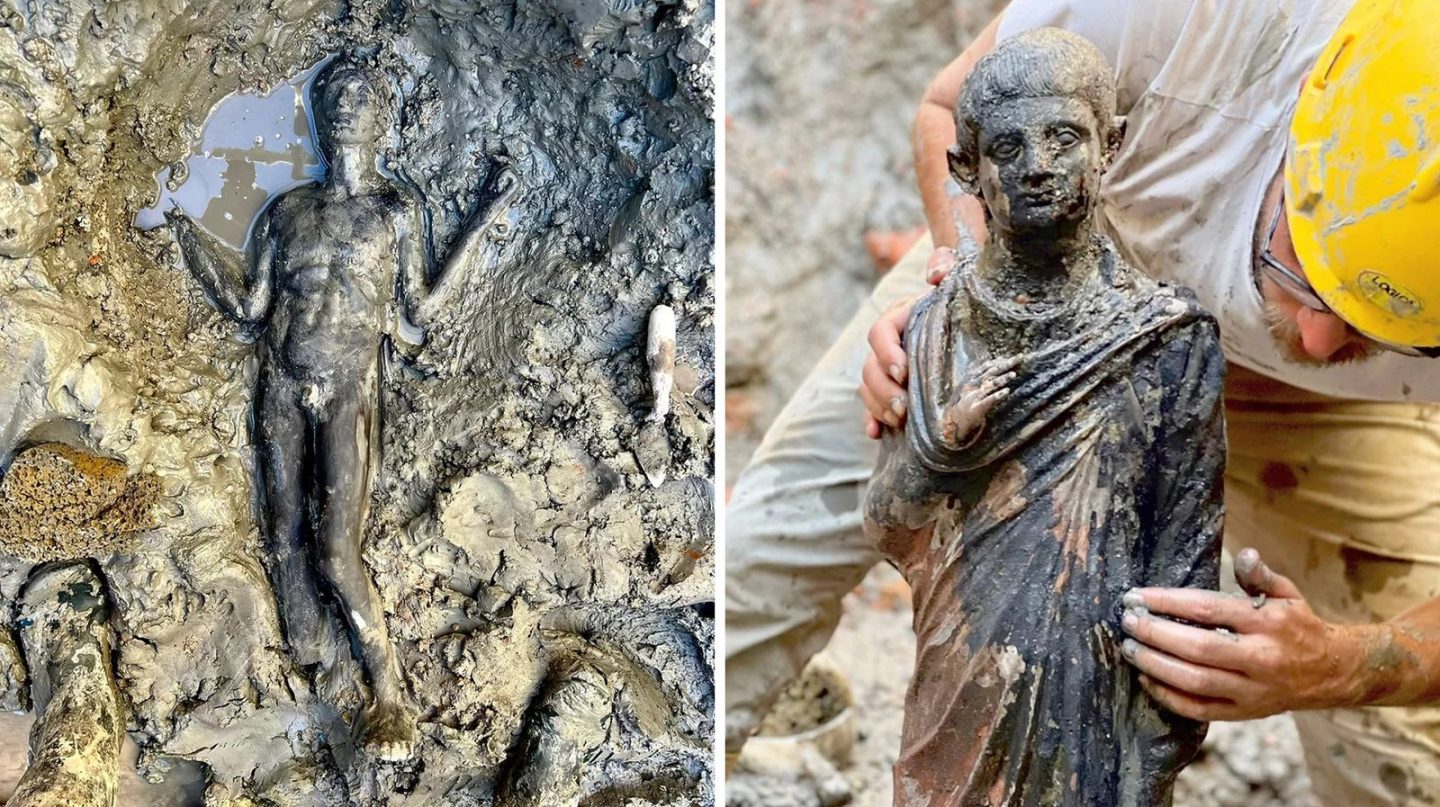npr – Italian archaeologists are hailing a recent discovery as the “most exceptional” in the last half-century. They believe it could rewrite the history of the relationship between the Etruscan and Roman civilizations.

Over a period of a few weeks in September and October, a team of archaeologists unearthed two dozen bronze statues of human figures, more than 2,000 years old and perfectly preserved in the hot mud and waters of an ancient, sacred pool.
The site is the hot springs of the Tuscan town of San Casciano dei Bagni — San Casciano of the Baths, one of many picturesque hilltop towns towering over lush green valleys dotted with majestic cypress trees.

Archaeologists work at the site of an ancient thermal spring in San Casciano dei Bagni, Italy, on July 29.Italian Ministry of Culture
But in the third century BCE, this place had a unique attraction: the ancient Etruscans built a sanctuary at the local hot springs that later gave the town its name.
The Etruscans lived and thrived for 500 years in what today is central Italy — the regions of Tuscany, Umbria and Lazio — before the establishment of the Roman Republic in 509 BCE, after the last Etruscan king who had ruled Rome was overthrown.
Roman art and culture were highly influenced by the Etruscan civilization, which ultimately was assimilated into the Roman Empire.


